Our
History
A BRIEF ON OUR FOUNDER:
Col. William Boyce Thompson, (1869 – 1930),
was an American engineer, financier, and philanthropist who created his fortune in the mining industry. He was the founder and first president of Inspiration Consolidated Copper Company in Globe-Miami, Arizona and Magma Copper Company in Superior, Arizona.
His visits to Russia before the Revolution and again in 1918 just after the Russian Revolution changed his life. As a member of an American Red Cross relief mission, he witnessed rampant crop failure and starvation and saw firsthand the suffering of the people. The Russian experience convinced him that agriculture, food supply, and social justice are linked. This conviction, along with his faith in science, helped to shape his philanthropic projects around plants and plant science.
In the early 1920s, Thompson, enamored with the landscape around Superior, built a winter home overlooking Queen Creek, the Picket Post House. In 1924 he founded the Boyce Thompson Institute for Plant Research in Yonkers, New York (now at Cornell University in Ithaca), and the Boyce Thompson Arboretum on 400 acres around the Picket Post House, in Queen Creek Canyon.
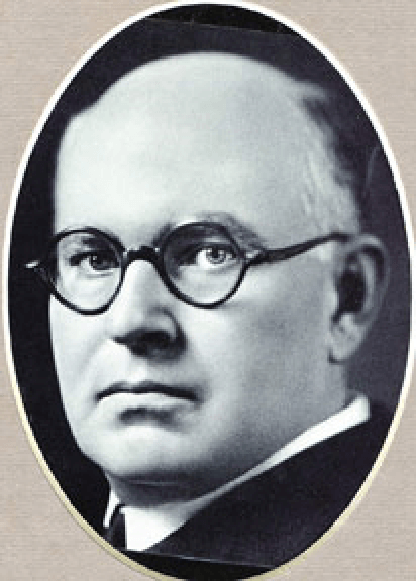

1869
William Boyce Thompson is born in Alder Gulch, Virginia City, Montana.

1907
After studying engineering at Columbia and investing in various mining ventures, Thompson becomes a millionaire and purchases Magma Mine in Superior, Arizona.

1913
The original Clevenger House is built by Robert Clevenger. It is surrounded by an herb garden with beds of native and southern European herb plantings. The planting beds are divided into specific use areas: culinary herbs, medicinal herbs, cosmetics, insect repellants, etc.

1917
Thompson visits Russia as a member of an American Red Cross relief mission in the wake of the 1917 Revolution. Traveling through the arid reaches of Siberia on the way to St. Petersburg, he witnessed starvation and malnutrition yet was impressed by ingenious use of the scarce plant life.

1918
Thompson begins construction on the 7,000-square-foot Picket Post House, called “castle on the rock” by local residents.
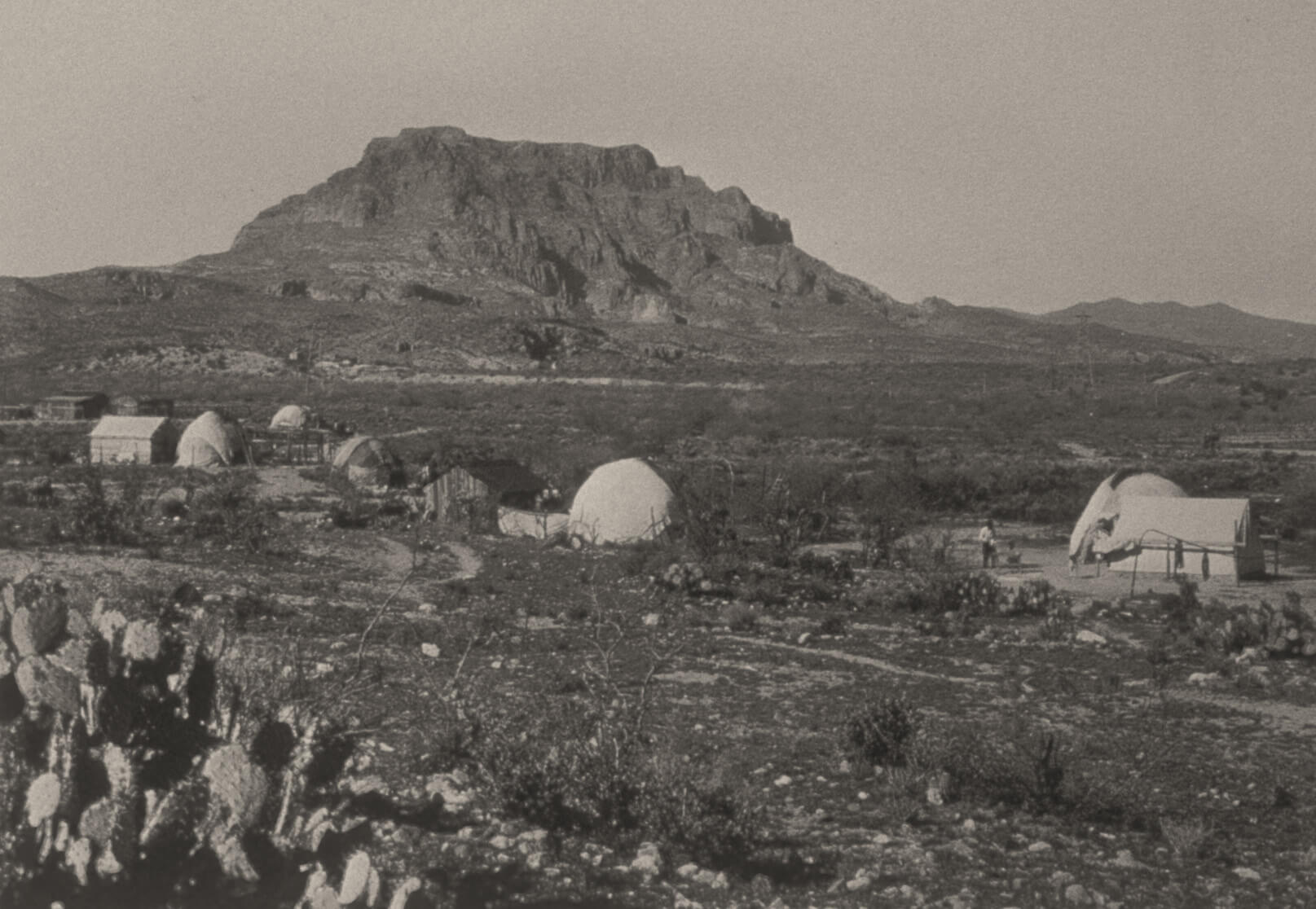
1922
Thompson obtains the first of several Special Use Permits from the Forest Service to develop the area around Queen Creek just west of Superior, Arizona, for experimental agricultural purposes.
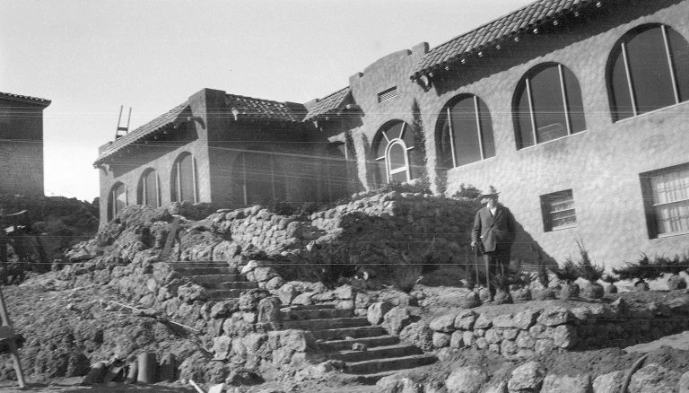
1923
Thompson and his wife spend their first night in Picket Post House.

1925
The first of many research scientists arrives to stay overnight.

1925
A location is chosen for a dam, and a pump is installed to draw water for the new reservoir from Queen Creek Canyon over the steep ridge lying between them. The resulting lake was later named for Charles F. Ayer, a legal advisor to Colonel Thompson.

1926
The Arboretum’s first administrative building, flanked by two Lord and Burnham greenhouses, is completed.

1926
Botanist Charles Russell Orcutt names newly discovered hedgehog cactus Echinocereus boyce thompsonii after the Arboretum where he first identified and collected it in Cactography.
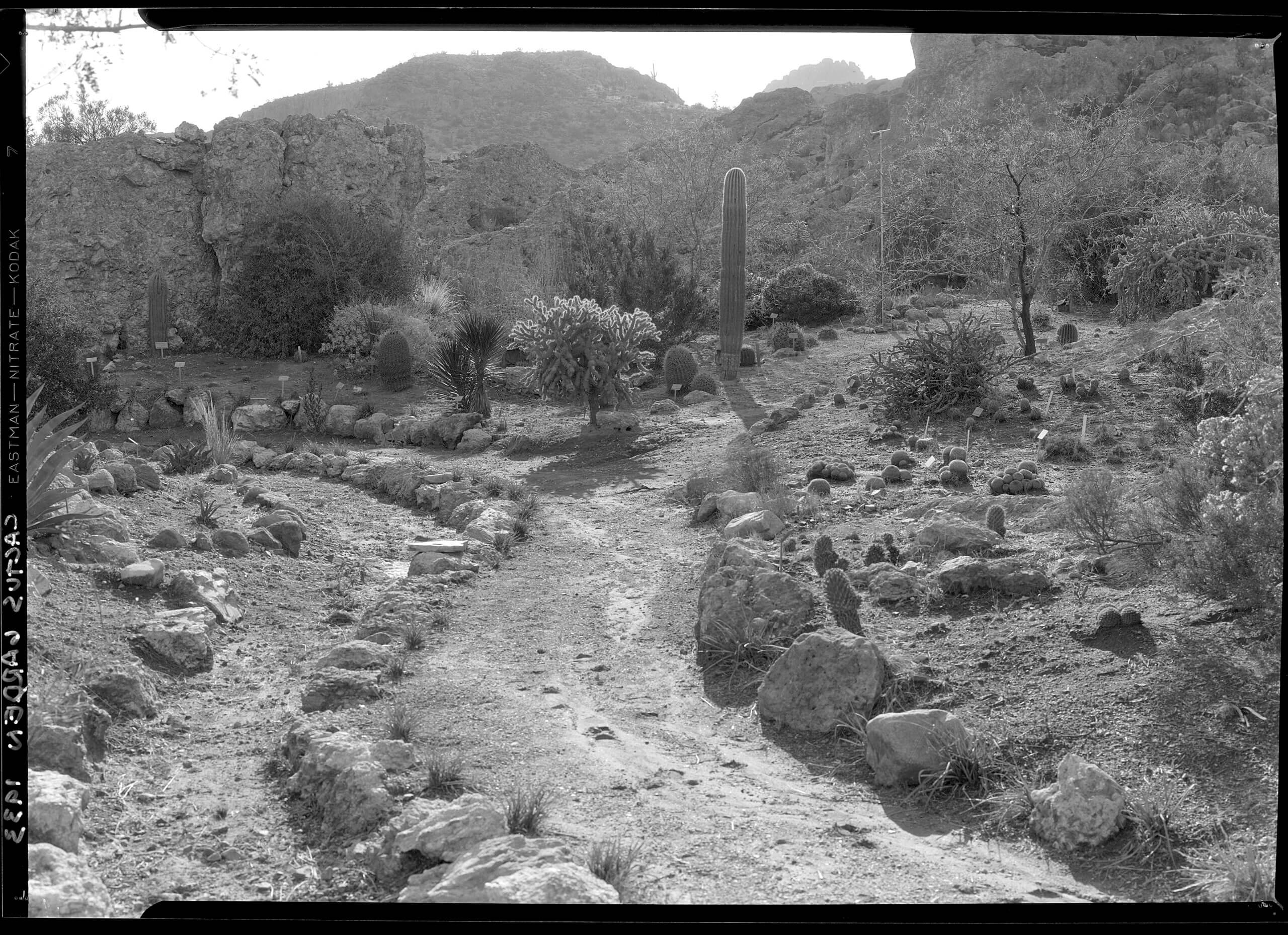
1927
Boyce Thompson Southwestern Arboretum is incorporated and, by a special act of the State Legislature, becomes the first nonprofit institution for scientific purposes in Arizona.

1929
Boyce Thompson Southwestern Arboretum is officially dedicated.

1930
William Boyce Thompson passes away, leaving the Institution with minimal financial support as a result of the stock market collapse in October 1929, in which the Arboretum lost two-thirds of the value of its assets.
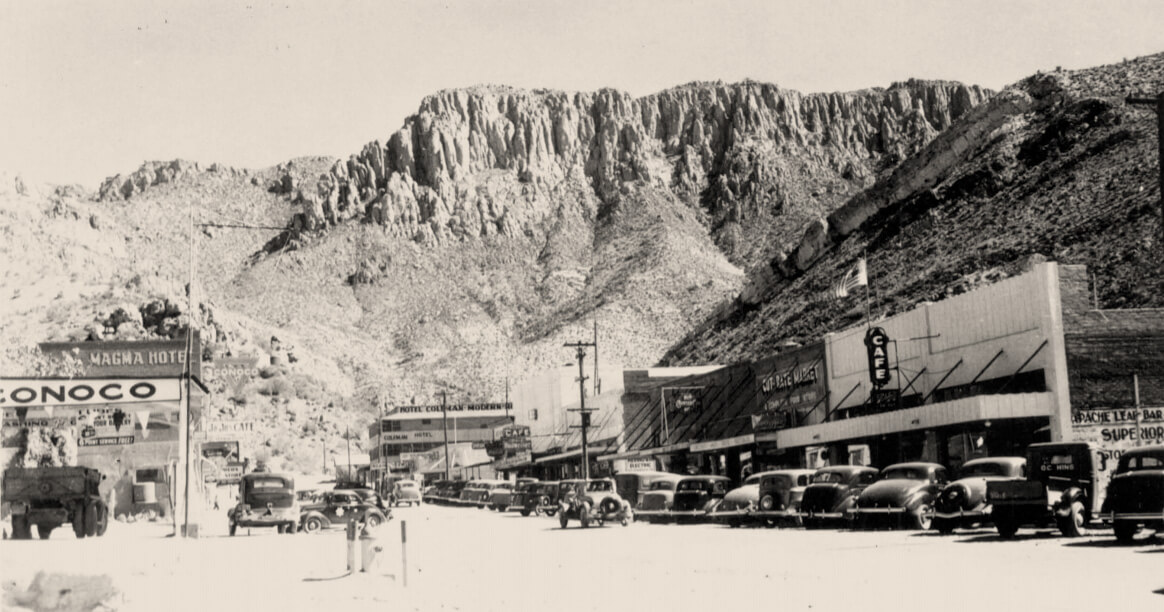
1933
The Superior Spur Camp of the Civilian Conservation Corps houses twenty young men helping with erosion control. Beginning as an effort to find groundcovers that could survive on the cattle-damaged hillsides and hold the soil in place long enough to allow other species to become established, the Arboretum becomes home to a revegetation project.

1935
The Arboretum’s second director, Frederick Gibson, publishes the first definitive botanical description of Agave murpheyi.

1943
Boyce Thompson Southwestern Arboretum partners with Crown Cork and Seal Company to cultivate cork oak saplings which are given to the public.

1946
Picket Post House and property is sold to Walter A. Franklin, Jr. for $40,000.

1948
Frederick Gibson hires Bill Benson as assistant director and allows him to plant trees, shrubs and flowers at his discretion. One of these – a Chinese pistache (Pistacia chinensis) – is sited by Benson where the tree could easily be seen from the highway. Visitors inquiring about the tree are encouraged to invest in landscaping requiring a minimal use of water – an early example of xeriscaping.

1957
A new blue Dodge Power Wagon is purchased by the Arboretum. It is now part of the Drover’s Wool Shed installation in the Australian Deserts Exhibit.
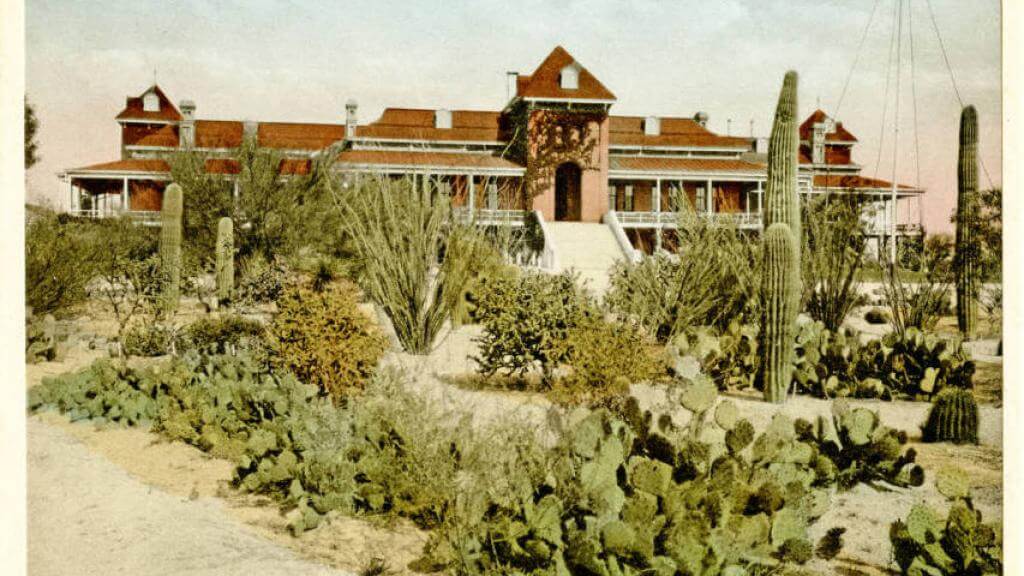
1964
The University of Arizona joins Boyce Thompson Southwestern Arboretum Foundation to co-manage the Arboretum and reinvigorate the research program.

1976
Boyce Thompson Southwestern Arboretum is listed on the National Register of Historic Places.
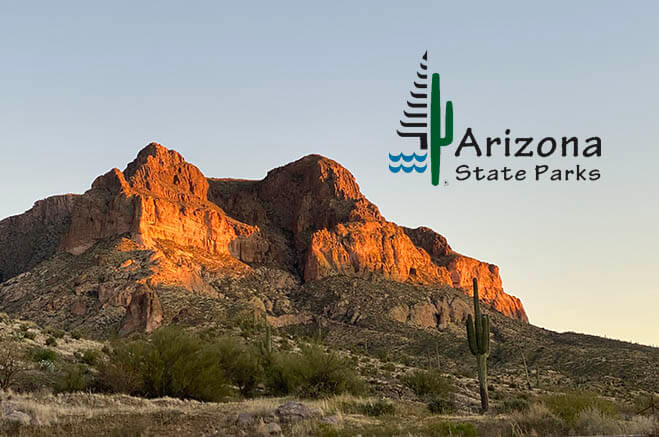
1976
Arizona State Parks joins University of Arizona and Boyce Thompson Southwestern Arboretum Foundation to co-manage the Arboretum. With the signing of a tripartite agreement on March 30, 1976, the Arboretum becomes a functional unit of Arizona State Parks, but also remains a scientific research facility and a nonprofit institution. This arrangement continues for 43 years.
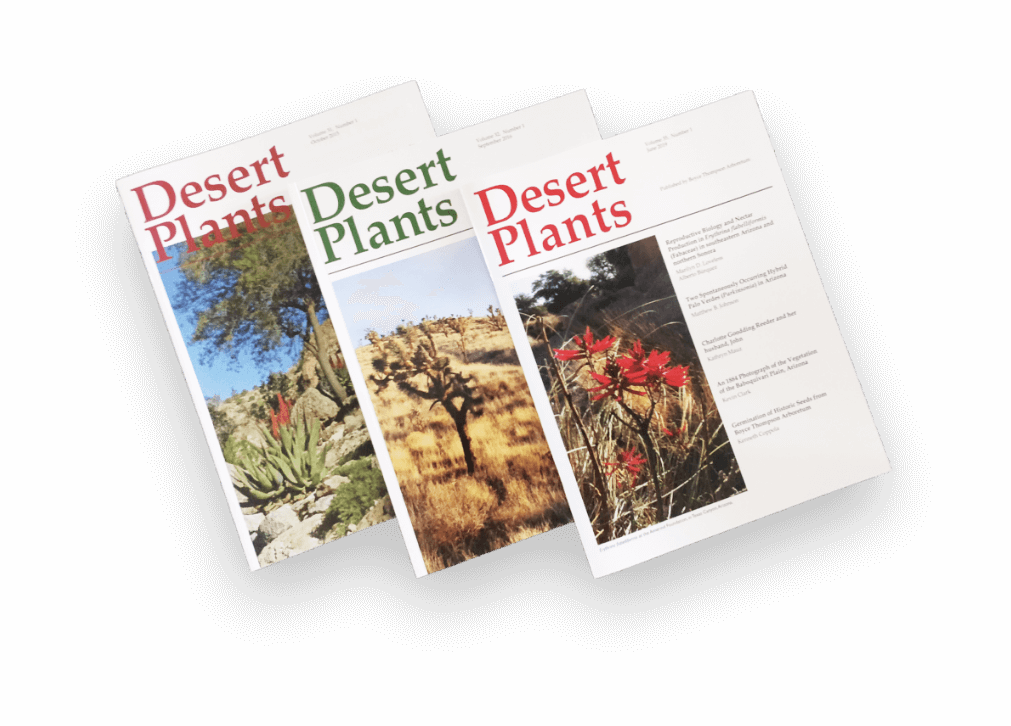
1979
The inaugural issue of the Arboretum’s journal, Desert Plants, is published.

1988
The Desert Legume Program (DELEP) is established as a joint project of the University of Arizona and BTA, playing an important role in conserving global legume biodiversity. DELEP is one of only three U.S. organizations to have its seed bank backed up at the Global Seed Vault in Svalbard, Norway.
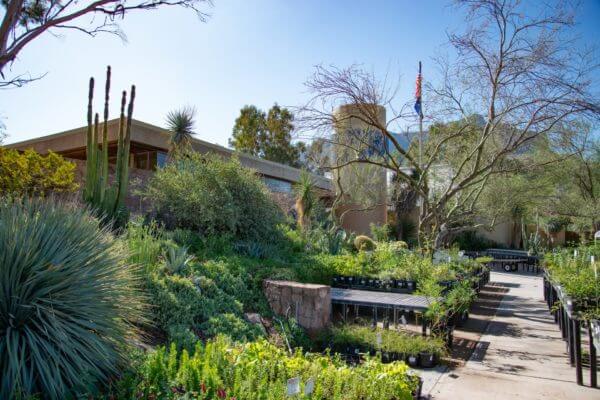
1989
The new Visitors Center is opened to the public.
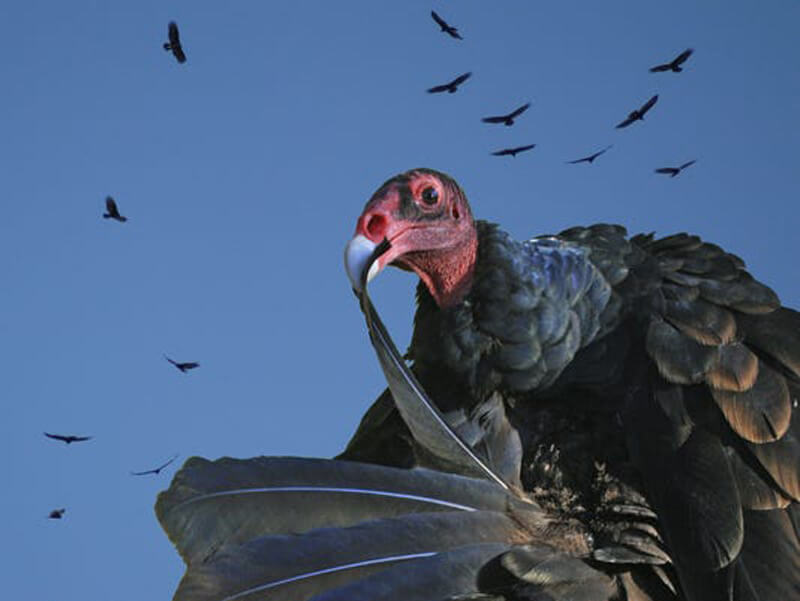
1990
The Arboretum presents its first annual Welcome Back, Buzzards! celebration.
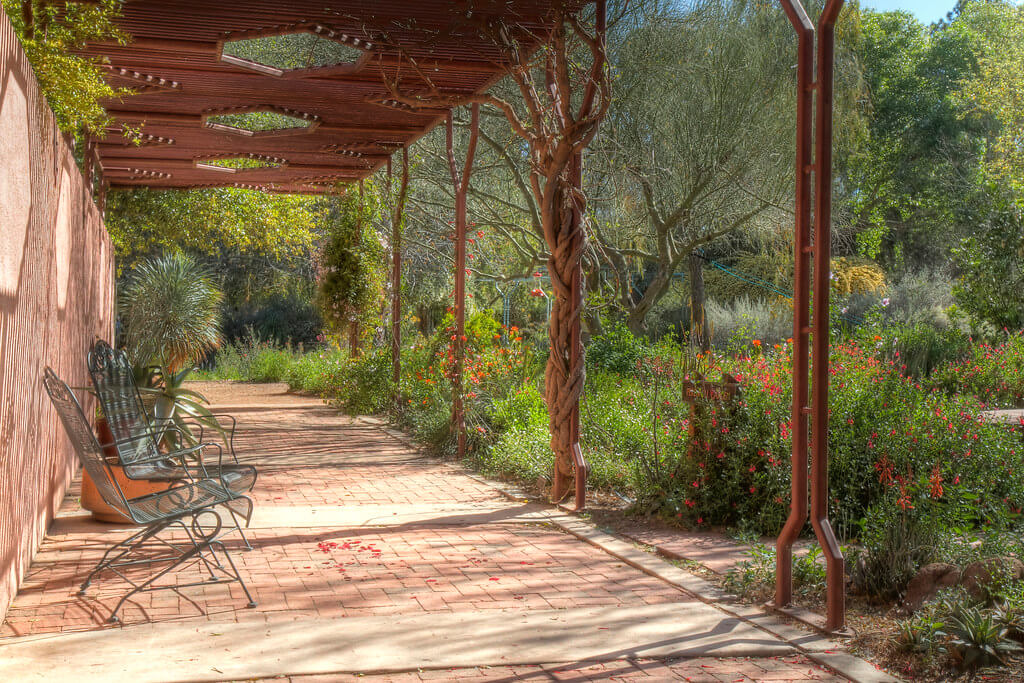
1992
The Demonstration Garden is dedicated. It is built to illustrate how native and drought-tolerant plants can create beautiful landscapes and water-efficient gardens for residential and commercial uses.

2001
The Gloria Wing Ong Children’s Learning Center is dedicated, “to honor and remember a nurturing teacher who inspired her students to discover the joy of learning.”

2005
The Children’s Garden is opened.

2007
Boyce Thompson Arboretum is officially dedicated as an Audubon Important Birding Area in conjunction with International Migratory Bird Day.

2008
The State of Arizona purchases Picket Post House for $2,933,600.

2014
The Wallace Foundation gifts its collection of 6,000 plants to the Arboretum, and so begins the five-year process of moving them 75 miles to the newly designed Wallace Desert Garden.

2018
“Mr. Big,” a Longbeak Eucalyptus (or River Redgum), debuts on the National Register of Champion Trees. The largest known tree of its species in the country, the tree is recognized not only for its size, but also for the critical ecosystem services it provides, such a shelter and food for wildlife, water purification, absorption of CO2 from our atmosphere and storage of carbon in its wood.
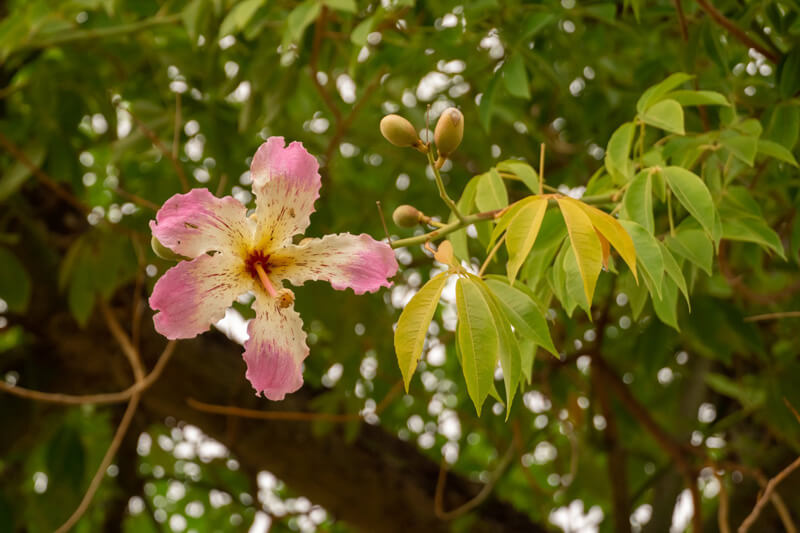
2019
The tripartite agreement with University of Arizona and Arizona State Parks is dissolved. Boyce Thompson Southwestern Arboretum becomes an independent nonprofit.

2020
The Wallace Desert Garden is open to the public!
Wallace
Desert Garden
Two different visionaries, 75 years and 75 miles distant, met at BTA in 2020. When the late H.B Wallace’s vast desert garden collection could no longer be maintained, Boyce Thompson offered the right soil, altitude and climate conditions, enough acreage for 5,000+ plants to stay together and thrive, public access, and a stunning setting.
